
Following the opening of Costa Rica’s borders to some African migrants (some legal and many others not), for the majority of Ticos, their destination is unknown and their presence is something seen only in the media. But for residents of this country’s northern border area (Peñas Blancas, La Cruz) it is not a secret: migrants are filling the border crossing.
Just entering the area, the presence of darker-skinned people is noticeable; they are darker than Guanacastecos or the Nicaraguans who live on the other side of the fence.
They are posted on both sides of the street; groups, seated on rocks, sleeping on benches of small businesses, some mothers with children in their arms, some talking on phones, others trying to fill their time with something to distract them from their awful reality, and all are also asking why the crossing was closed. They do not want to stay in Costa Rica, nor in Nicaragua.
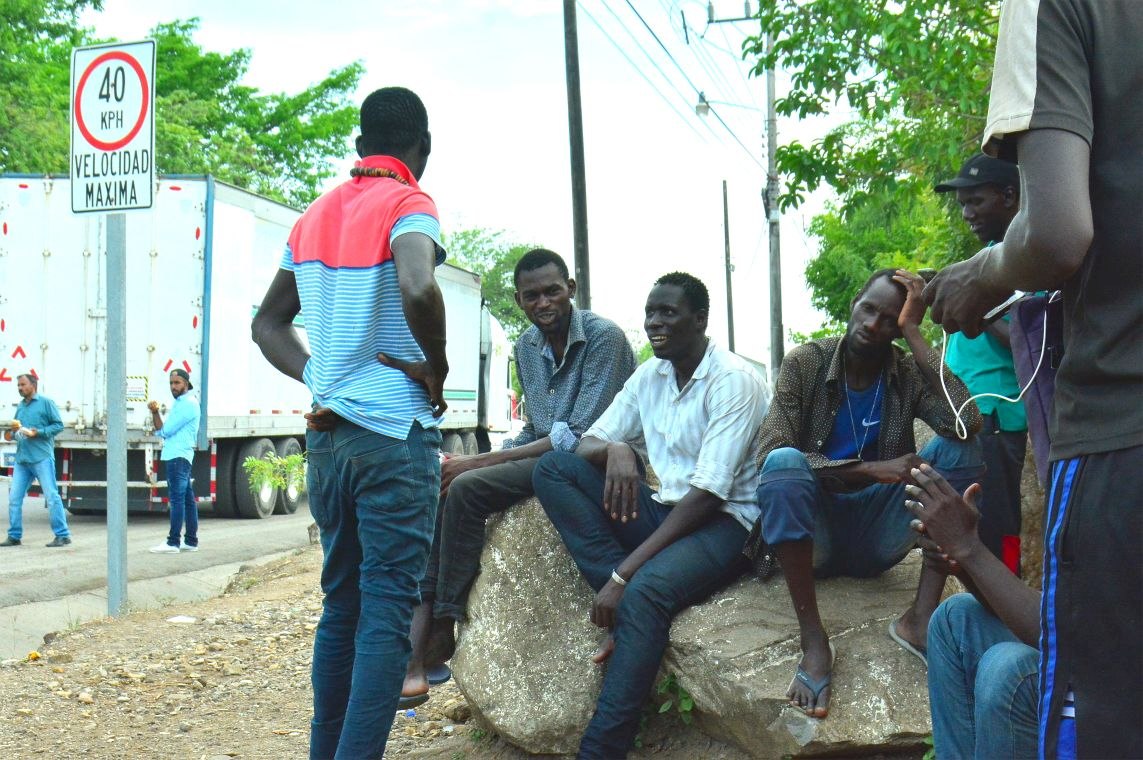
His name is Nacero and he is from Senegal. “I’m going to the United States.”
Why are you going to the USA?
“Family in Africa does not have anything… very poor. I want to go to the U.S. for work,” he responds in rough Spanish.
Nacero, as well as others who are with him, does not understand why he is not allowed to pass through the border to Nicaragua and continue his voyage. Some say that they have been “stuck” here for around two months. Some have tried other means – not legal ones – to get to Honduras in the hopes of continuing on to their destination.
I try to speak with women, but they avoid me; they don’t trust the unknown. Children cover their faces when they see my camera and walk away.
Dranghi, from the Democratic Republic of the Congo, says, “We’ve paid a fee to pass Nicaragua – very miserable, many problems. When I go to pass – I walked an hour – a thief appeared, took more than $600… came back here again… without eating.”
Many say they have paid “coyotes” to get to Honduras.
Some have spent more than two days walking among mountains, without eating or drinking, until being abandoned or captured by Nicaraguan authorities.
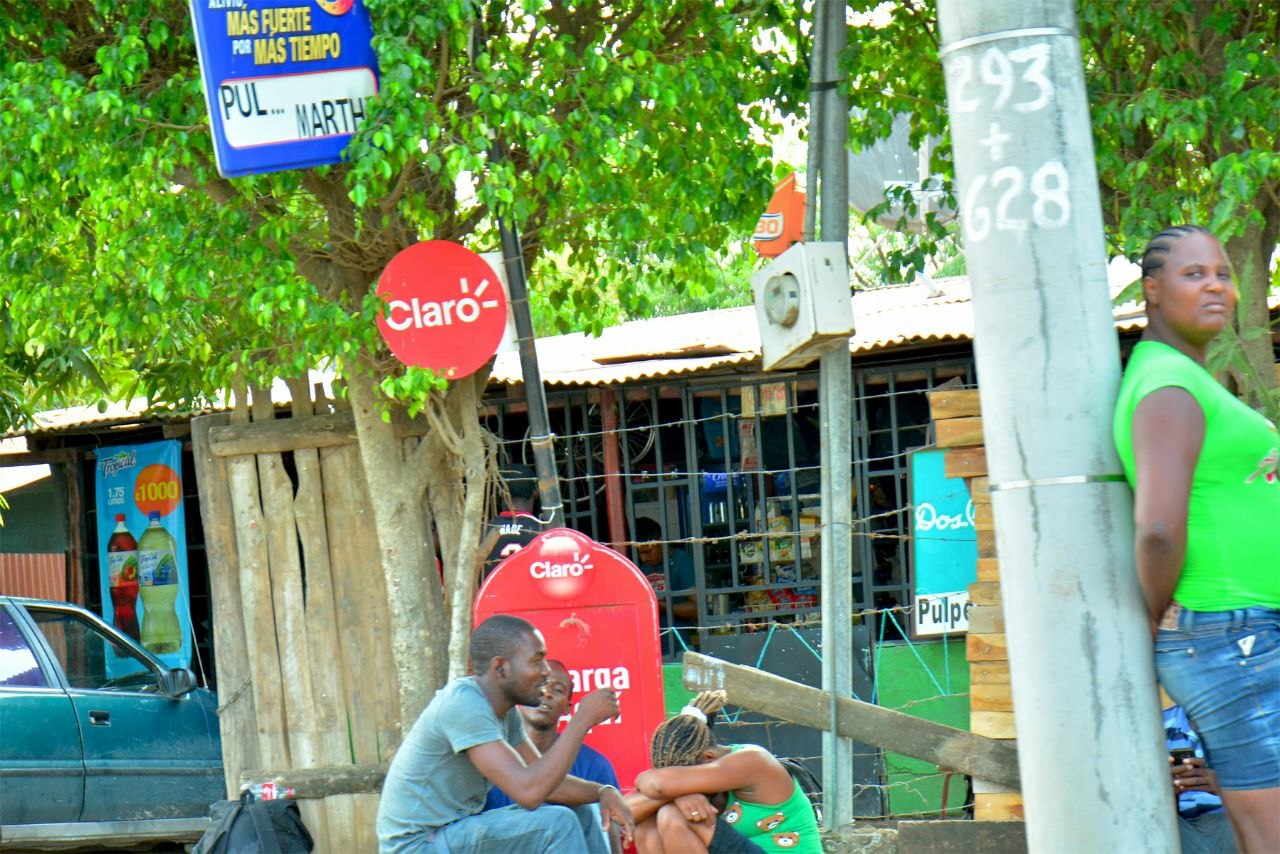
Hagaf, from Ghana, said, “I am here to go to the United States – that’s my destination. Many people here do not have money; they are all going to die here. We don’t have help. Just two days ago a boy died of frustration… and another from frustration. Others died in the mountains. I was in a group a while back and we [have] lost 31 people now…”
Upon entering the Peñas Blancas area, one can feel the tension and desperation. The migrants, seeing that some are gathering around an unknown person, come close to see what is happening. Perhaps it’s a “coyote” offering a new way to cross to Nicaragua. Perhaps it’s help from the Red Cross, the only institution that is assisting them. A patrolling officer, seeing the group, comes by to request identification and find the reason for the stir. I am it.
The officials explain to me that at times they have had problems with human traffickers who come hoping to “do business with the people on the streets.” Identified by their victims, they are rebuked and scolded. In addition, it’s also a signal to capture the “dealers.”
In nearby areas, without crossing into the border area, the migrants say that there are about 900 people: men, women (some pregnant) and children living however they can. The majority appear sick and very untrusting of having their photo taken or people who are not among their “circle of confidence.”
“What do you want?”
“Who are you?”
“Are you from Nicaragua? Or from here?”
Some ask out of mistrust.
“He is friend!” answers one who knew I was Costa Rican, a person to whom I had introduced myself as a member of the press.
Many of the Africans speak Portuguese, others English, French, and some speak Spanish that is more or less understandable. Surely they have learned some during the journey from Columbia or Ecuador to Costa Rica. Locals have difficulty understanding their language but it is even more difficult to understand what is going to happen with them. Who will help them?
Sanitation is a priority. The Sapoa River flows to the huge Lake of Nicaragua; the dark-skinned migrants bathe there and relieve themselves. I ask myself, if disease breaks out, due to the lack of sanitation, will that not affect both countries? Why do Costa Rican authorities seem to not want to take care of what they can see? Wouldn’t it be better for Nicaragua to allow them to pass and prevent the migrants’ agony and the uncertainty for our border communities?
Danilo Brenes is 34 years old, lives in La Cruz and works in photography and tourism. Brenes has collaborated with The Voice of Guanacaste on various occasions, photographing the news and reporting on some events with help from our editors. His motivation in testing the waters of journalism is to help the community.


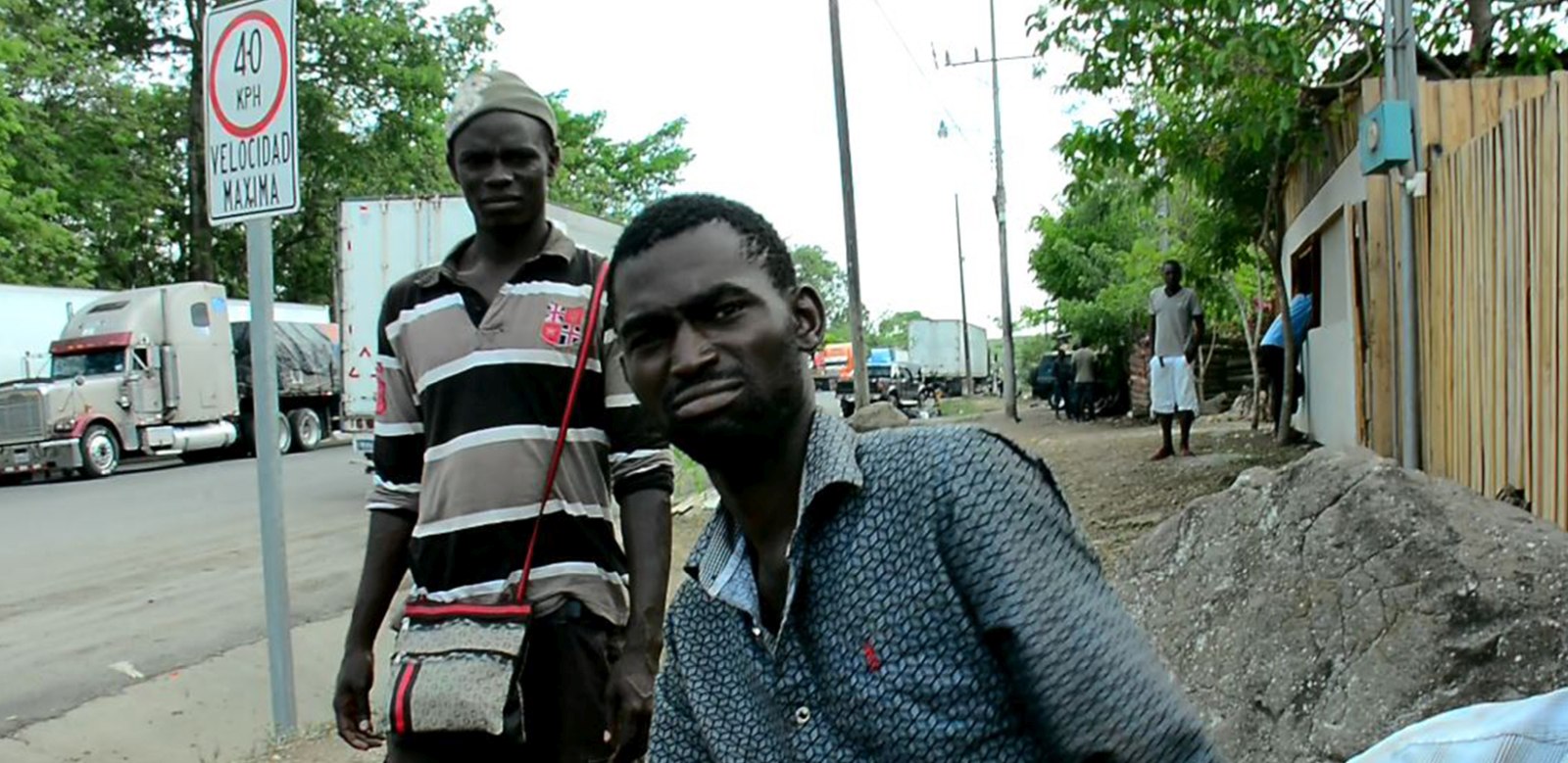
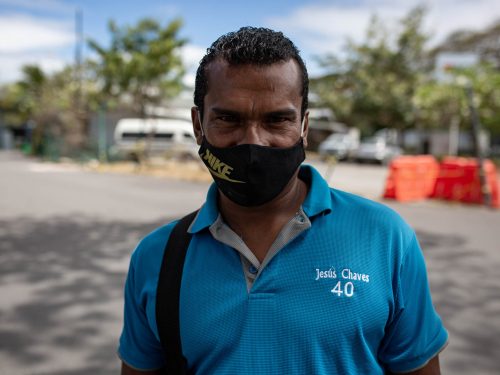
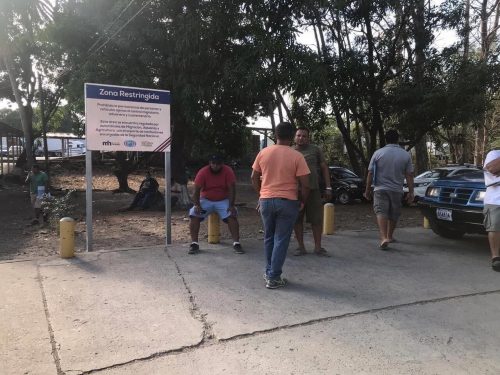
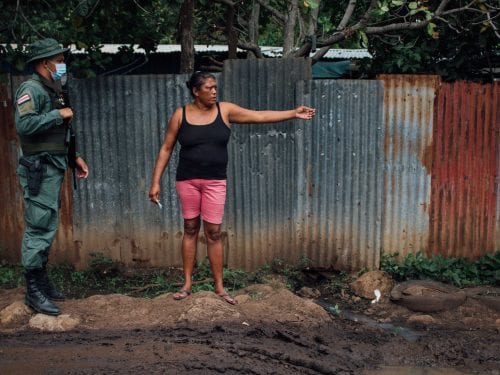

Comments